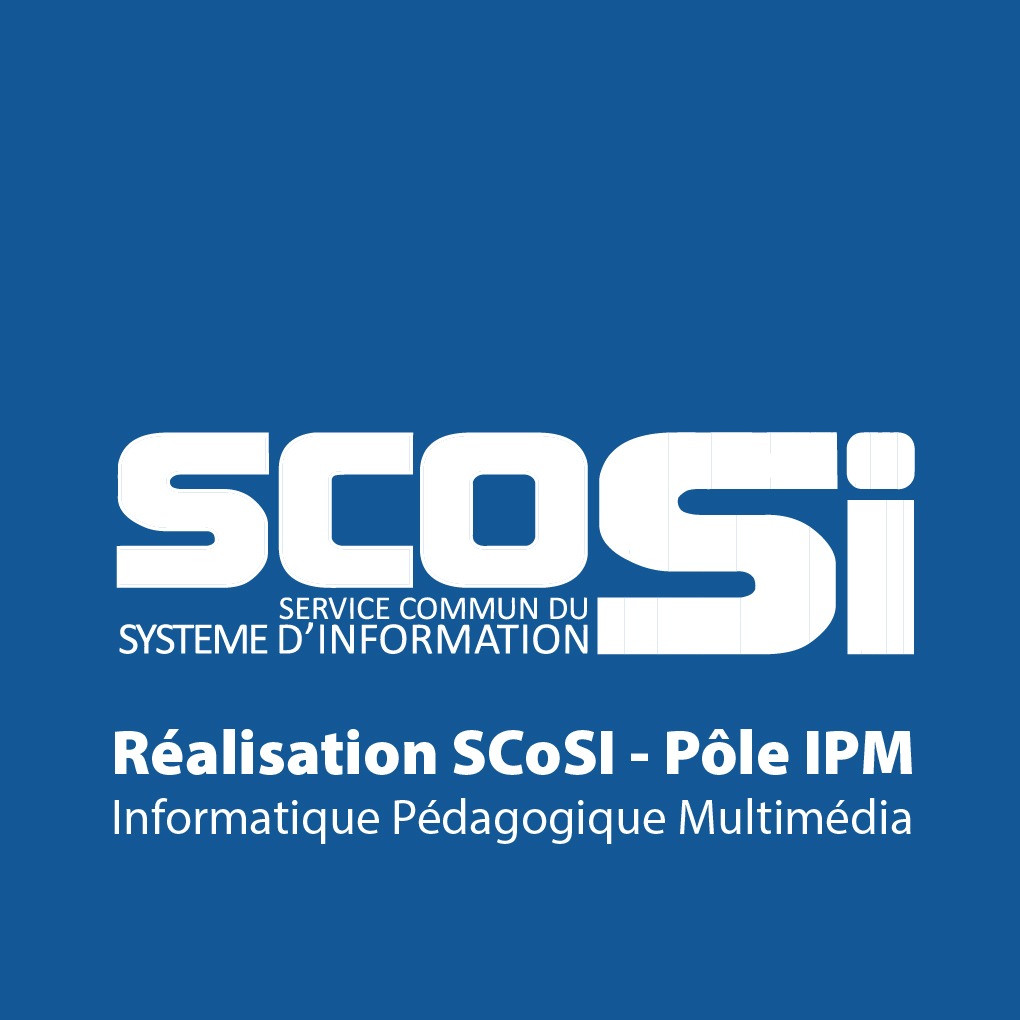Space as a Source of Opportunities for Innovation
With the launch of Sputnik 1, the first artificial satellite, in 1957, humanity entered a new period of history: the Space Age. Mastering the new and challenging environment of space, poorly understood and very different from that of Earth, required great feats of innovation. The space industry, due to its ability to overcome both technological and organizational challenges, achieved successes that had impacts well beyond the conquest of space. Examples include human space flight, the moon landing, and communications satellites.
In the 2010s, the space sector entered a new phase due to six interdependent disruptions: (1) new entrants, (2) new applications, (3) new technologies, (4) new policies, (5) new processes, and (6) new funding. Often called “New Space,” these disruptions build on the idea that much more can be achieved with space technology and are opening up new areas of opportunity for innovation. Merely contributing to the telecommunications economy, the transportation economy, and scientific research is no longer considered sufficient. If these disruptive forces do not burn themselves out, as often happens with new opportunities for innovation, New Space could profoundly change the structure of the industry.
Of the six disruptions, the one that stands out most is the arrival of new entrants seeking to exploit the opportunities for innovation offered by space technologies. Here we find space companies propelled by emblematic entrepreneurs like Tesla founder Elon Musk, who created SpaceX, or Amazon founder Jeff Bezos, who created Blue Origin. This surge in entrepreneurial activity is quite unusual in an industry historically dominated by government organizations (e.g., NASA, DoD, ESA, CNES) and large corporations (e.g., Boeing, Lockheed Martin, Airbus Defense and Space, Thales Alenia Space). Sometimes, new entrants are existing firms seeking to diversify. In this group are primarily companies from the internet economy (e.g., Google, Facebook). Among these new entrants we also find governments from developing countries who seek to use space as an opportunity to structure the national innovation efforts (e.g., Angola, South Africa, Venezuela, Vietnam).
The second most visible disruption is in new space applications. Here we are at the very heart of the idea that new untapped opportunities for innovation in space technology exist and more can be done with space technologies. The most ambitious of these future new applications are space tourism, asteroid mining, and of course colonization of the Moon and Mars. Among the new potential shorter-term applications, we can cite in-orbit satellite refueling and space traffic management. With regard to the downstream space value chain, we can see a welling up of new innovative projects that need data transmitted by satellites. Examples include self-driving cars, climate impact prediction, and the numerous smartphone applications that depend on GPS satellites (e.g., Uber) and Earth observation satellites (e.g., Google Maps).
Lastly, new space technologies, though often less visible than the previous disruptions we have discussed, are the source of many opportunities for innovation. New technologies that aim to drastically reduce costs are particularly significant, as they have the greatest potential to impact the sector. By lowering barriers to entry, these new technologies are fueling other disruptions such as new entrants and new applications. Satellite miniaturization and reusable launchers are the most ambitious of these technological developments, but also the riskiest.
From their beginnings until today, space activities have always been a source of opportunities for innovation. While disciplines like the formal and natural sciences, political science, history, and law have long taken an interest in these opportunities, economics and management have not had as much to say. We believe that economics and management of innovation have a key role to play in helping to engage with the fields of opportunity the Space Age has opened.
Victor DOS SANTOS PAULINO, TBS Business School
More :
 |
Innovation Trends in the Space Industry
|



